
A koi pond, with its vibrant fish and tranquil water, can be a stunning centerpiece for any garden or outdoor space. But the true beauty of a koi pond lies not just in its inhabitants, but also in the clarity of its water. A crystal-clear pond not only enhances the aesthetic appeal but also provides a healthy and thriving environment for your koi.
Achieving and maintaining pristine water clarity, however, requires more than simply filling a pond with water. It involves understanding the complex ecosystem of a koi pond and implementing various strategies to ensure a balanced and healthy environment. This comprehensive guide will look at everything from the factors that influence water clarity and the science behind it, to the best practices for achieving and maintaining a crystal-clear aquatic oasis for your koi.
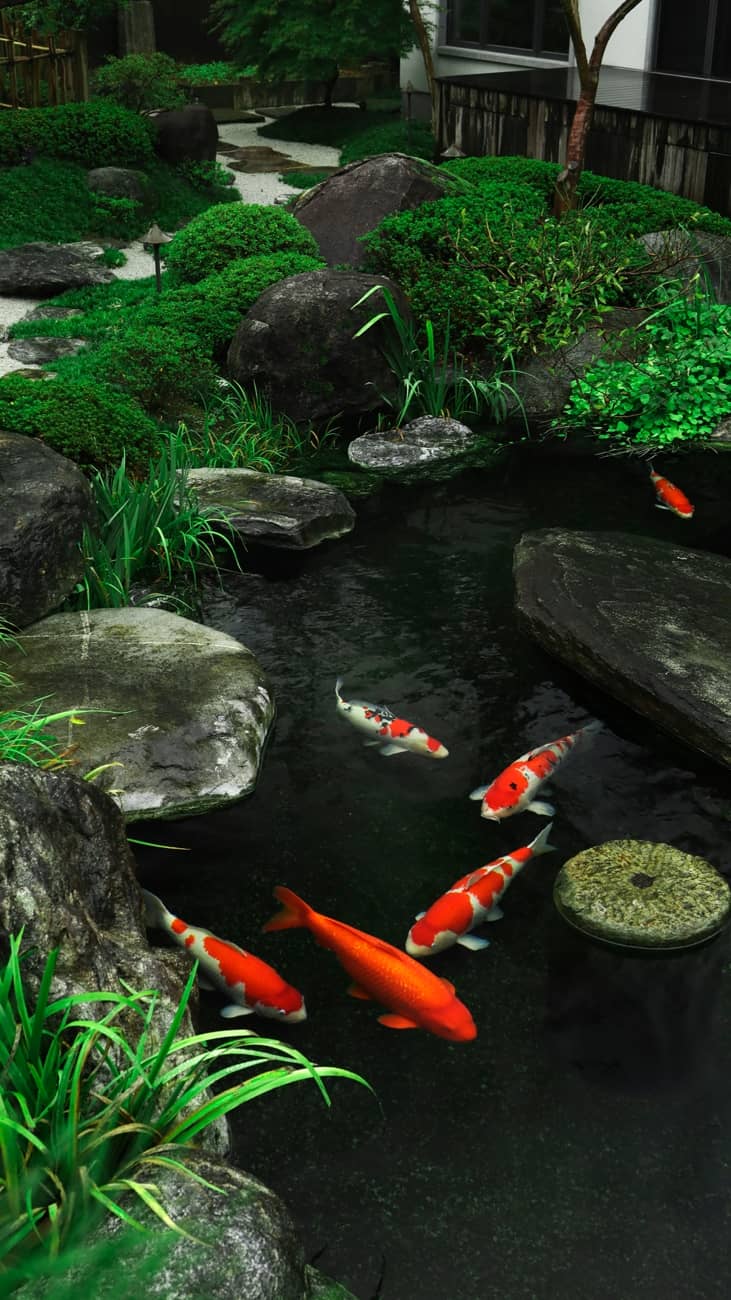
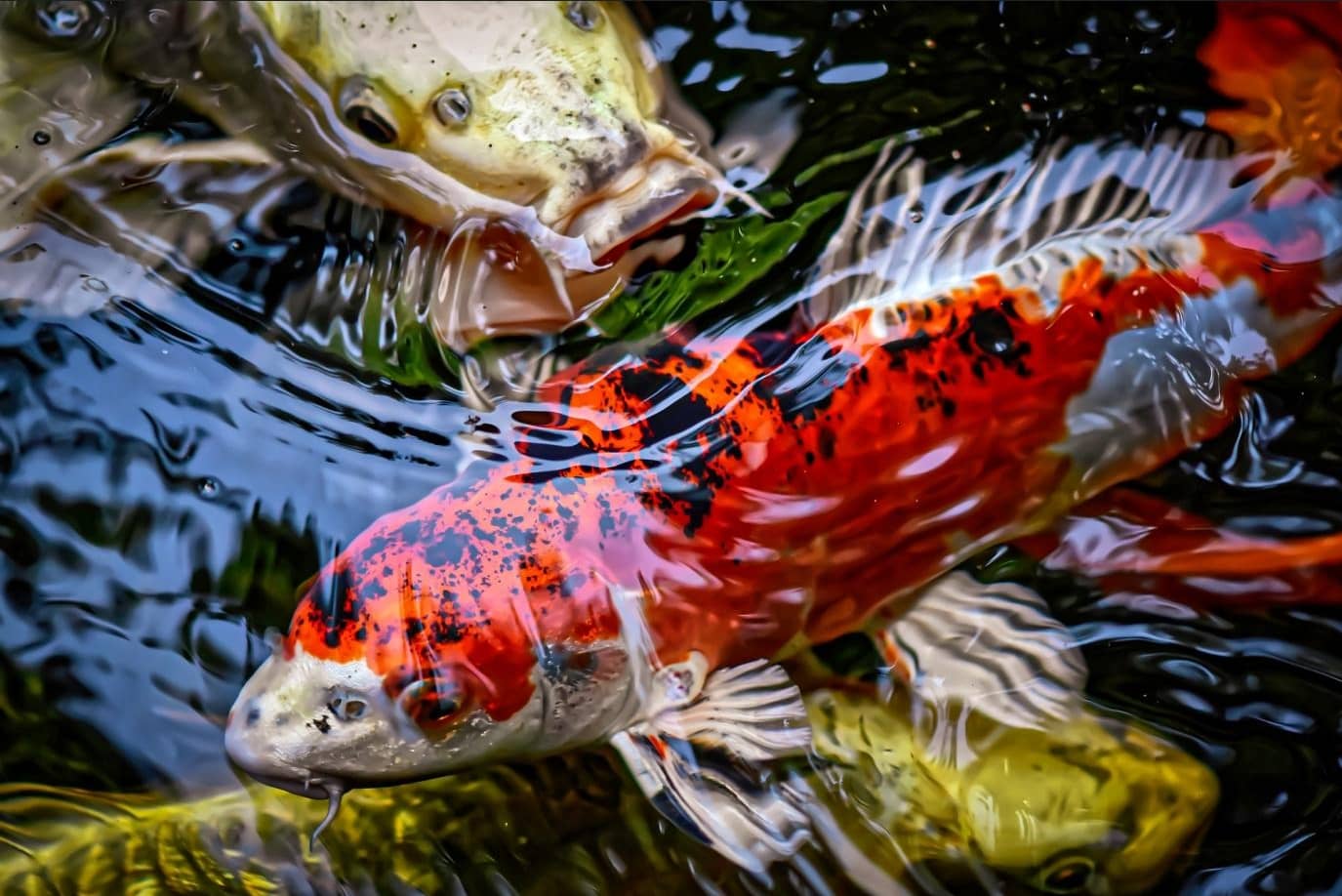
Clear water is generally a telltale sign of a well-balanced ecosystem in a koi pond. It indicates that beneficial bacteria are thriving, efficiently breaking down waste products and maintaining optimal water parameters. Conversely, murky or cloudy water often signals an imbalance, harboring potential threats to koi health.
Poor water clarity can have a cascade of negative effects on koi:
A clear koi pond offers a multitude of benefits for both the fish and the pond owner:
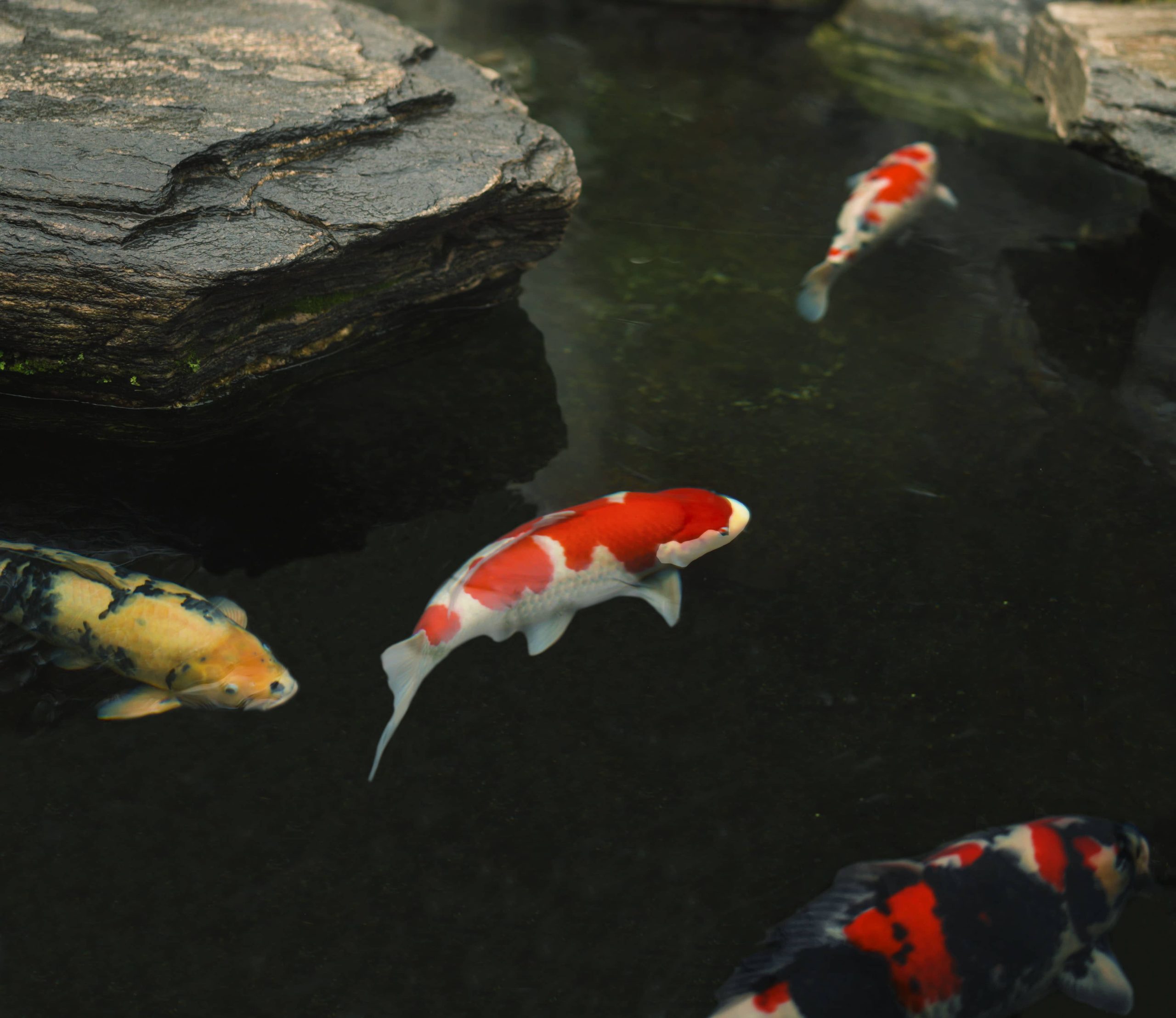
A crystal-clear koi pond is more than just a healthy habitat for your fish; it’s a captivating visual centerpiece that can transform your outdoor space into a tranquil oasis.
Achieving crystal clear water in a koi pond involves understanding the science behind water clarity and the various factors that influence it. Water clarity, in essence, is a measure of how transparent or turbid the water is. Clear water allows light to penetrate deeper, promoting the growth of beneficial aquatic plants and enhancing the visibility of your koi. Turbid water, on the other hand, can be caused by a variety of factors, including suspended particles, algae growth, and dissolved organic matter.
While water clarity is a valuable indicator of overall water quality, it’s important to note that it doesn’t tell the whole story. Water can be clear but still harbor harmful pollutants or imbalances in its chemical composition. Therefore, regular water testing is essential to ensure that the water is not only clear but also safe and healthy for your koi.
By understanding the science behind water clarity, you can gain valuable insights into the health of your koi pond and take appropriate measures to maintain optimal water conditions.
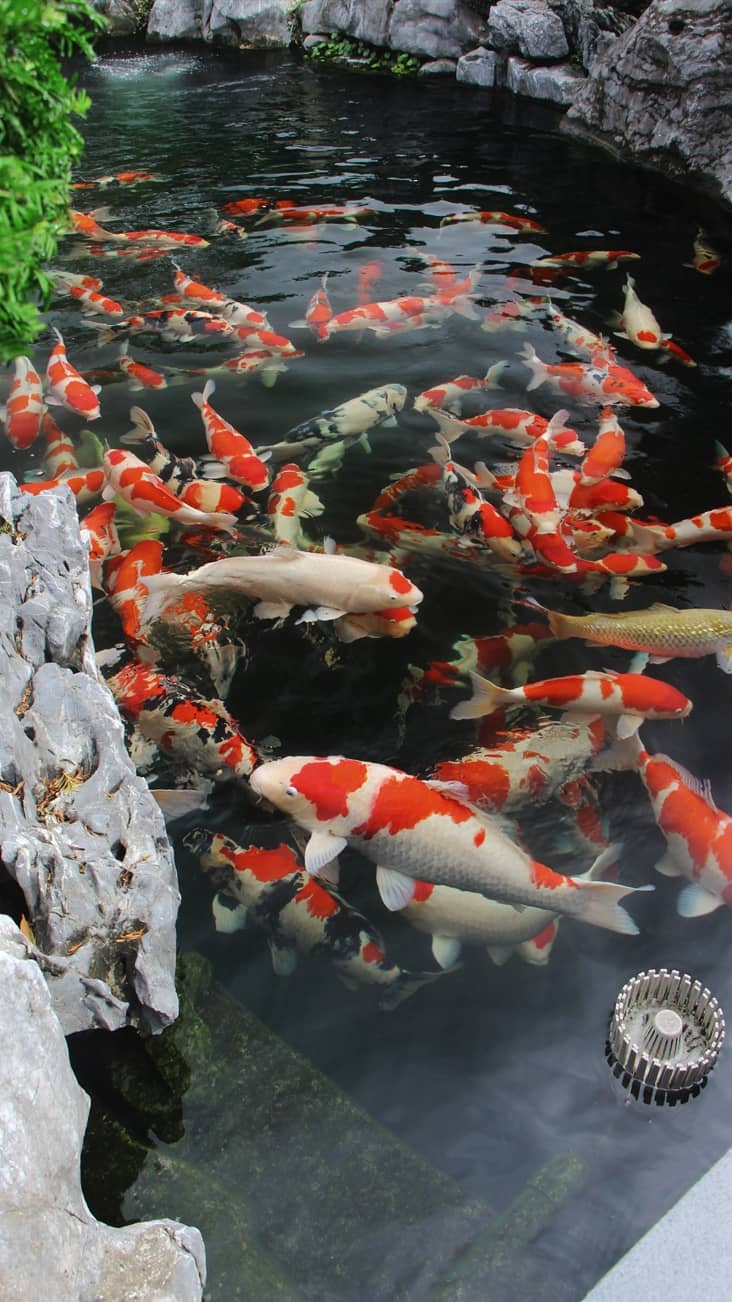
Maintaining crystal-clear water in a koi pond requires a comprehensive understanding of the various factors that can contribute to cloudiness or discoloration. These factors can be broadly categorized into biological, physical, and chemical aspects.
Algae, microscopic aquatic plants, are a natural part of any pond ecosystem. However, excessive algae growth, often triggered by excess nutrients and sunlight, can quickly turn your pond water green and murky. Different types of algae, such as green water algae, string algae, and hair algae, can thrive in various conditions, each posing unique challenges to water clarity. Controlling algae growth involves a multi-faceted approach, including nutrient management, shading, manual removal, and the use of algaecides or UV clarifiers when necessary.
Suspended particles and debris are another major culprit behind cloudy pond water. These can include fish waste, uneaten food, decaying plant matter, dust, pollen, and runoff from surrounding areas. These particles not only obstruct light penetration but can also clog filters and create a breeding ground for harmful bacteria. Implementing efficient mechanical filtration, regular skimming and vacuuming, and preventing debris from entering the pond are essential for managing suspended particles.
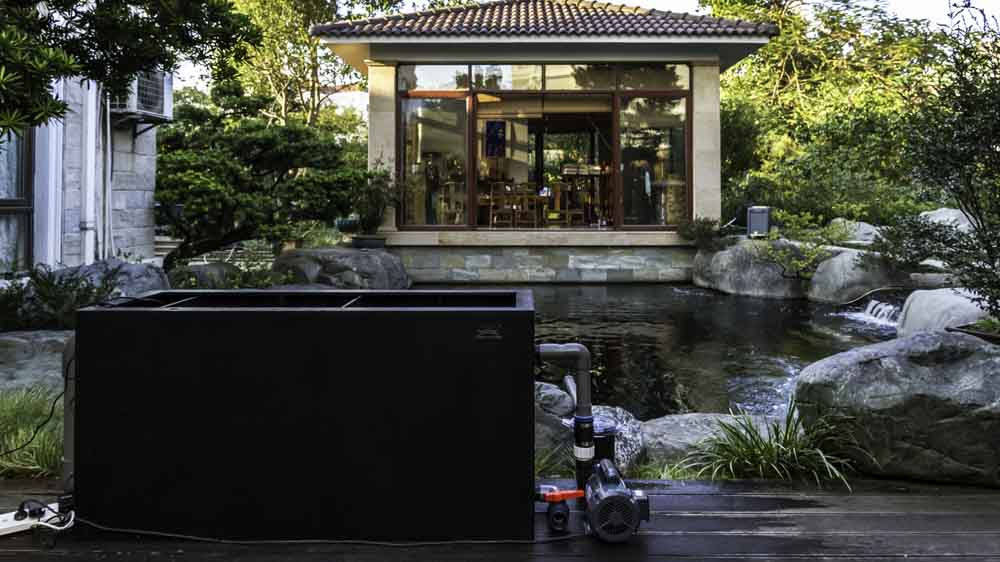
Filtration is the backbone of maintaining clear water in a koi pond. It serves as the primary defense against accumulating debris, excess nutrients, and harmful substances that can cloud the water and jeopardize the health of your fish. A well-designed filtration system is essential for creating a healthy and balanced ecosystem where your koi can thrive.
There are three main types of filtration used in koi ponds: mechanical, biological, and chemical filtration and UV sterilization. Each type plays a distinct role in maintaining water quality and clarity.
Mechanical Filtration
Mechanical filtration is the first line of defense in maintaining a clear and healthy koi pond. It works by physically trapping and removing larger particles of debris, such as debris, uneaten food, and fish waste, before they have a chance to break down and degrade water quality. This type of filtration prevents these materials from accumulating and clogging the system, which not only helps to maintain water clarity but also reduces the load on biochemical filters. By keeping the water free of visible contaminants, mechanical filtration plays a crucial role in ensuring the overall efficiency and effectiveness of the entire filtration system.
Biological Filtration
Biological filtration is a critical component of a healthy koi pond ecosystem, working hand-in-hand with mechanical filtration to maintain water clarity and quality. While mechanical filtration removes visible debris, biological filtration tackles the invisible but equally important task of breaking down harmful waste products into less toxic substances. This process is essential for creating a safe and thriving environment for your koi.
The heart of biological filtration lies in beneficial bacterial activity. These microscopic organisms colonize the surfaces of filter media within the biological filter and perform a vital role in the nitrogen cycle, a natural process that converts toxic ammonia from fish waste into nitrites which is then converted into the much less harmful nitrates.
A stable and thriving colony of beneficial bacteria is crucial for maintaining a healthy koi pond. These bacteria not only remove harmful substances but also compete with algae for nutrients, helping to prevent excessive algae growth and maintain water clarity. Factors such as temperature, pH, and oxygen levels can affect the bacteria’s activity, so it’s important to monitor these parameters regularly and maintain a stable environment for optimal bacterial growth.
Chemical filtration and UV sterilization are crucial for maintaining a healthy Koi pond. Chemical filters remove dissolved pollutants, while UV sterilizers neutralize harmful microorganisms. Together, they improve water clarity and reduce disease risk.
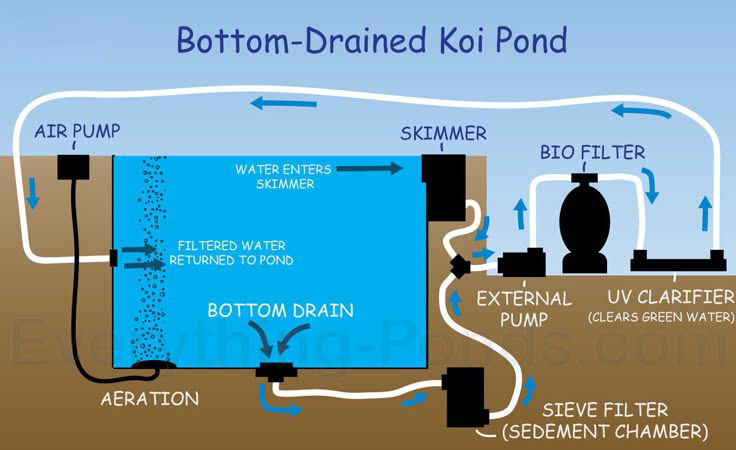
Water movement and circulation are vital aspects of maintaining a clear and healthy koi pond. Proper water flow ensures that oxygen is evenly distributed throughout the pond, prevents stagnation, and supports the efficiency of the filtration system.
Choosing the right pump for your pond is essential. The pump’s flow rate should be sufficient to circulate the entire volume of water in the pond at least once per hour. Consider the size of your pond, the number of fish, and the desired flow rate when choosing a pump.
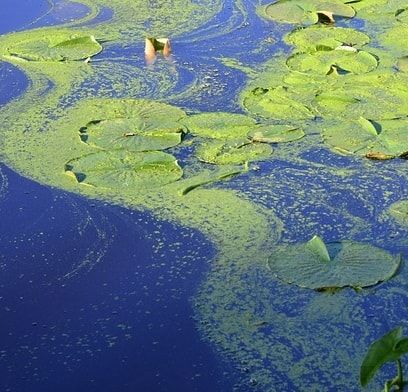
Achieving and maintaining clear water in a koi pond involves striking a delicate balance between providing essential nutrients for your fish and plants while preventing excessive levels that can fuel algae growth. Understanding the sources of nutrients, their impact on the pond ecosystem, and effective management strategies is crucial for maintaining a healthy and visually appealing pond.
Nutrients, primarily nitrogen and phosphorus, are essential for the growth of aquatic plants and the overall health of your pond. However, an overabundance of nutrients can trigger rapid algae growth, leading to cloudy water and oxygen depletion. It’s essential to monitor nutrient levels regularly and take corrective action if they become excessive.
Excess nutrients can enter your pond from various sources, including:
To reduce nutrient levels in your pond, consider the following strategies:
Besides managing nutrient levels, implementing effective algae control strategies is essential for maintaining clear water.
Regular monitoring and proactive measures are key to ensuring the long-term health and beauty of your koi pond.
Maintaining crystal-clear water in your koi pond is an ongoing process that requires consistent effort and attention. Regular maintenance is essential to prevent the buildup of debris, excess nutrients, and algae, ensuring a healthy and visually appealing aquatic environment for your fish.
Regular cleaning of both the pond and the filter is crucial for maintaining water clarity.
Maintaining crystal-clear water in your koi pond requires more than just visual inspection. Regular water testing is essential to monitor the chemical parameters of your pond water and ensure a healthy environment for your fish. By understanding the importance of key water parameters and how to test and adjust them, you can prevent potential problems and maintain optimal water quality.
The following water parameters should be tested regularly:
Once you have tested your water and interpreted the results, you can take necessary steps to adjust any parameters that are outside the optimal range. For example, if the pH is too low, you can add a pH-raising product. If ammonia or nitrite levels are high, you may need to perform a partial water change or add a bacteria supplement to boost the biological filter.
Regular water testing and adjustments are crucial for maintaining a stable and healthy environment for your koi. Aim to test your water at least once a week, and more frequently during periods of high temperatures or heavy fish loads.
While the fundamental practices of filtration, maintenance, and water testing are essential for maintaining clear water in your koi pond, there are additional advanced techniques that can further enhance water clarity and address specific challenges.
UV clarifiers are devices that use ultraviolet (UV) light to control algae growth and improve water clarity. UV light disrupts the DNA of algae cells, preventing them from reproducing and causing them to clump together, making them easier to remove by filtration.
UV clarifiers consist of a chamber housing a UV lamp. Water is pumped through the chamber, exposing the algae cells to the UV light. The UV radiation damages the algae’s DNA, rendering them unable to reproduce and causing them to clump together. These clumps are then easily trapped by the mechanical filter.
When choosing a UV clarifier, consider the size of your pond and the flow rate of your pump. The clarifier should be sized appropriately to ensure that the water receives adequate exposure to the UV light. It’s also important to choose a clarifier with a high-quality UV lamp and to replace the lamp annually for optimal performance.
UV clarifiers are most effective against green water algae, but they can also help control other types of algae and certain parasites. They are usually installed after mechanical and biological filters to prevent debris blocking UV light.
Signs of poor water quality include cloudy or green water, excessive algae growth, foul odors, lethargic or gasping fish, and the presence of dead fish or other aquatic life.
The frequency of filter cleaning depends on your pond size, fish population, and filter type. Generally, mechanical filters should be cleaned every one to two weeks. Biological filters require cleaning every four to six weeks, but be careful not to disrupt beneficial bacteria.
By following these best practices and fostering a sustainable pond ecosystem, you can create a haven of clarity where your koi can flourish, and you can enjoy the beauty and tranquility of your aquatic sanctuary.
Remember, the journey to crystal-clear water is an ongoing commitment, but the rewards are immeasurable. A clear pond not only reflects the health of your koi but also reflects your dedication to creating a thriving and visually stunning environment. Embrace the challenge, and may your koi pond always shimmer with pristine clarity!
Leave a Reply